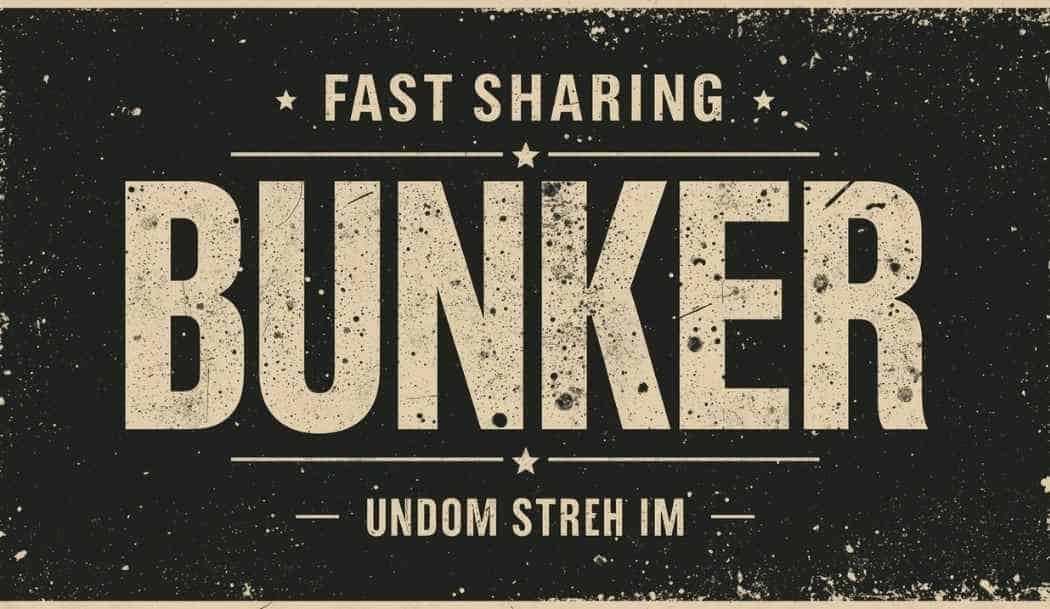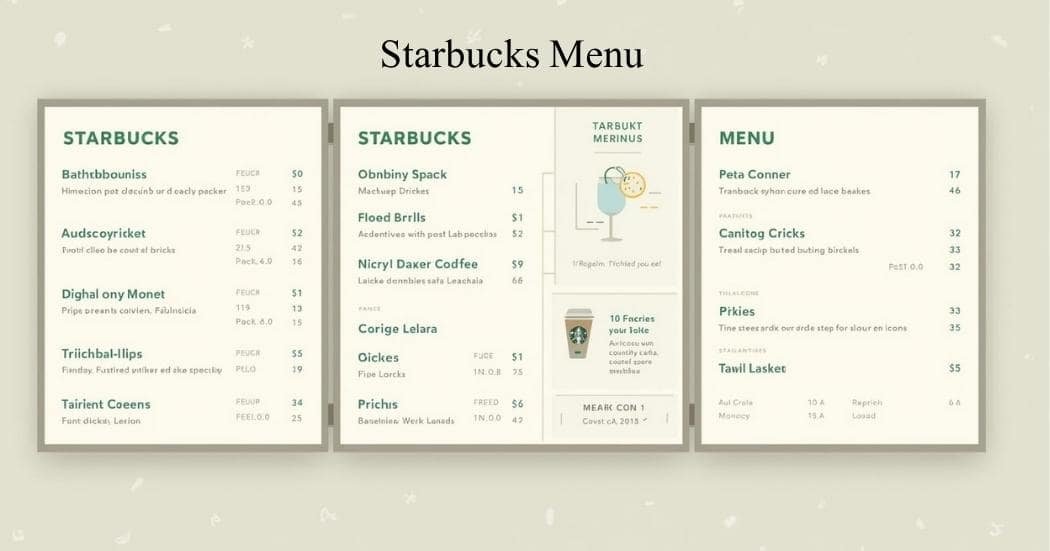Bunkr Albums: The Hidden Power of Digital Sharing

Introduction: Why Bunkr Albums Matter
In today’s fast-moving digital world, data is more than just files. It’s memory, connection, and sometimes identity. From personal photos to professional archives, people need safe, fast, and reliable ways to share and store information. This is where bunkr albums come into play.
At first glance, they look like simple folders filled with media. But behind that simplicity lies a powerful concept: a hidden digital layer that blends privacy, sharing, and organization. Just like a photo album in your home tells a story of your life, they tell digital stories—quietly shaping how we connect, learn, and create.
What Are Bunkr Albums?
Simple Definition
they are collections of images, videos, or files stored on the platform bunkr.is, a hosting site known for fast uploads and easy sharing. They act like digital containers where creators, professionals, and communities keep organized media.
Unlike traditional folders on your computer, these albums live online. You can share them instantly with others, making them a bridge between storage and storytelling.
The Digital Layer Behind Them
Think of bunkr albums as a hidden stage. On the surface, they are just collections of files. But underneath, they reveal how people today manage privacy, accessibility, and trust. They allow users to create digital spaces that are personal yet shareable, private yet discoverable.
This balance is what makes bunkr albums stand out. They are more than file storage; they are social containers of meaning.
The Origins and Background of Bunkr Albums
Early File Hosting and Evolution
The idea of hosting files online is not new. In the 2000s, sites like Rapidshare, MegaUpload, and MediaFire allowed users to upload and share links. These services solved a problem: people needed a place outside their computers to keep large files.
But these early platforms were clunky and often risky. Slow download speeds, expired links, and security problems made them frustrating. That’s where new platforms like Bunkr appeared—designed for speed, simplicity, and long-term use.
How Bunkr Became a Hidden Platform
Bunkr gained popularity as a quiet, behind-the-scenes host. Unlike social platforms that thrive on visibility and likes, bunkr albums focus on delivery and storage. This low-profile nature gave it a reputation as a “hidden internet layer” where media could be stored without flashy algorithms or endless ads.
It’s almost like a modern version of a secret notebook—something that belongs to you but can be shown to others when you choose.
Real-World Applications of Bunkr Albums
In AI and Data Science
AI needs massive data to learn. Researchers often rely on large collections of images or files to train models. they provide a simple way to keep these datasets organized and easy to share. Instead of passing heavy drives, a single bunkr link can open doors to entire libraries.
In Business and Marketing
Businesses use bunkr albums as fast portfolios. Imagine a photographer sending hundreds of edited shots to a client. Instead of attaching them in emails, one clean bunkr album link does the job. Marketing teams also use them to share creative assets with partners, making collaboration smoother.
ALSO READ HOW TO START A BUSINESS
In Education and Research
Teachers and researchers deal with endless documents, slides, and videos. they give them a neat way to collect everything in one space. A professor might upload lecture slides into an album and share it with students. A researcher might store case study images for peers across the world.
In Creative Fields and Design
Artists, graphic designers, and video creators often share work-in-progress with clients. With bunkr albums, they can present drafts in one link, gather feedback, and update the album as the project grows. This removes friction and keeps the creative flow moving.
In Social Connections
On the personal side, bunkr albums are used for sharing private collections with friends or communities. From event photos to hobby archives, they function like digital scrapbooks. They hold the same warmth as a family photo album—just in online form.
How Bunkr Albums Differ From Traditional Models
Compared to Cloud Storage
Cloud platforms like Google Drive or Dropbox are built for long-term archiving and work collaboration. They are powerful but often heavy, with strict login systems. Bunkr albums, on the other hand, are lighter and faster. You don’t always need accounts or permissions, making them more accessible for quick sharing.
Compared to Social Media Platforms
Social platforms want visibility. When you upload to Instagram or Facebook, the goal is likes, comments, and reach. Bunkr albums don’t chase visibility. They are built for direct sharing without algorithms deciding who sees what. This makes them more private and purpose-driven.
Compared to Protocol-Based Systems
Protocols like IPFS (InterPlanetary File System) are designed for decentralized storage. They are secure but often too technical for the average user. Bunkr albums sit in the middle—easy enough for everyday use, but still strong in delivering fast media hosting.
Future Implications
Opportunities for Innovation
As more people move their lives online, the need for flexible, fast, and private storage will grow. Bunkr albums could evolve into smarter spaces, using AI to auto-tag files or blockchain to ensure authenticity.
Ethical Questions and Privacy Concerns
But with growth comes challenges. Who controls the content? What happens if sensitive media is shared without consent? Platforms like bunkr must balance freedom with responsibility, creating systems that protect users while keeping sharing open.
Risks in Security and Misuse
Like any hosting tool, bunkr albums face risks. Hackers, phishing, or unauthorized access could cause harm. The challenge is building stronger safety nets without breaking the simplicity that makes bunkr albums attractive.
Best Practices for Using Bunkr Albums
Designing Safe and Organized Albums
Always organize your bunkr albums with clear names and structures. Think of it like labeling shelves in a library—it helps others find what they need without confusion.
Sharing With Trust and Transparency
Only share bunkr albums with people or groups you trust. While links are convenient, they can also spread quickly. Adding passwords or access rules keeps things safe.
Balancing Openness and Privacy
The beauty of bunkr albums lies in sharing. But too much openness can be risky. A good practice is to create layers—public albums for wide sharing and private ones for close groups.
Bunkr Albums and Human Meaning
A Metaphor for Digital Memory
Bunkr albums are like modern memory boxes. In the past, families stored letters, photos, and keepsakes in physical boxes. Today, bunkr albums do the same—holding digital fragments of life.
The Social and Emotional Layer
When someone shares a bunkr album, it’s not just about files. It’s about trust. It’s about letting another person into a piece of your digital world. That emotional layer makes bunkr albums more than technology—they are tools of connection.
Conclusion:
They may look simple, but they hold quiet power. They combine speed, privacy, and storytelling in one container. As our lives grow more digital, tools like these will shape how we connect, share, and remember.
Just like photo albums kept family stories alive for generations, bunkr albums may become the hidden libraries of the internet age—preserving moments, knowledge, and creativity in ways we don’t yet fully see.
FAQ
1. What is a bunkr album?
It is a collection of files, images, or videos stored and shared using the bunkr platform.
2. Is it safe to use bunkr albums?
Yes, but safety depends on how you share them. Always use trusted links and protect sensitive files.
4. Can bunkr albums be used for business?
Yes. Many businesses use them to share portfolios, creative assets, or research data.
5. What is the future of bunkr albums?
They may grow into smarter, safer, and more connected tools for digital storage and storytelling.



